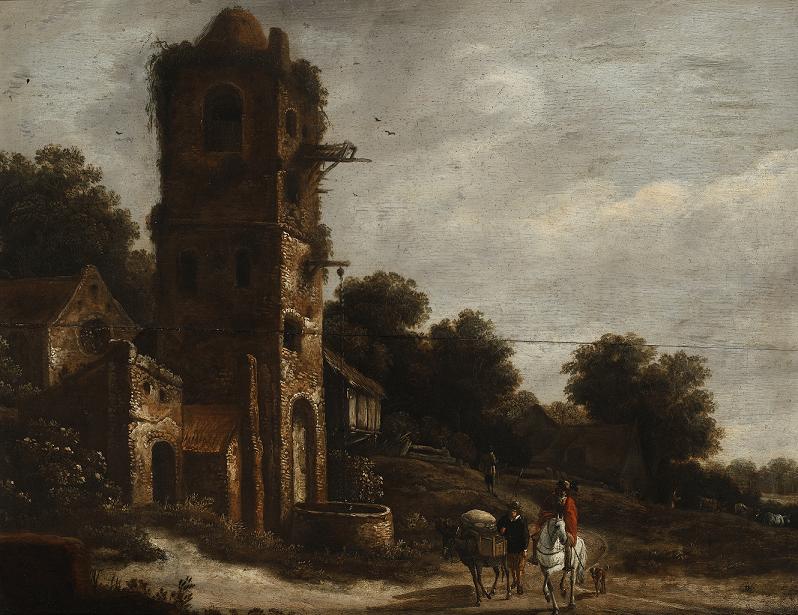
Even though the contemporary meaning of the term "tourism" cannot be literally applied to the journeys undertaken in the Early Modern period, those journeys had many strictly tourist features. Visiting foreign countries was an indispensable element of a journey, regardless of its purpose.Because of the numerous forms of old Polish peregrinations between the 16th to 18th centuries (educational trips, pilgrimages, diplomatic missions), it is worth to have a closer look at their itineraries. Generally speaking, the destinations were to a large extent determined by the nature of a trip. West Europe was the most frequently visited, due to the fact that the main scientific, cultural and religious centres of the continent were located there (the papal Rome, Paris, German cities and, last but not least, the imperial Vienna). During the entire Early Modern period the most frequented by Polish visitors were: Italy, France, German lands and the Netherlands (both Holland and Habsburg lands). The British Islands and Iberian Peninsula were less popular. Another factor that influenced the itinerary was religious denomination. Protestants from Poland were much more likely than Catholics to study at German universities (the academies in South Germany, e.g. in Ingolstadt or Würzburg were Catholic) or in Holland, Switzerland or England. Polish non-Catholics were unwilling to visit ultra Catholic countries (Spain, Italy) for fear of persecution or conversion to Catholicism.
A white spot on the map of Polish journeys between the 16th to 18th centuries was Scandinavia. For most potential Polish peregrinators, who were Catholics, these Protestant lands of rough climate and few cities constituted European peripheries. The Northern direction was not attractive as an educational destination, either. The only exception from the rule were diplomatic missions to Sweden, especially in the 17th century, in the period of the most intense wars between Sweden and Poland. An exception confirming the rule was the peregrination of the Czech brother from Leszno, Daniel Vetter, who ventured to Iceland.
Much more frequent were trips East of Poland, however they were mainly diplomatic missions to subsequent tsars. Since early 17th century, when so-called "dymitriady" started, military escapades in this direction also became more frequent. However, despite their military character, they created many opportunities to discover the landscape and customs, reported in travel logs. Similar was the nature of diplomatic missions to Turkey in the 16th to 18th centuries, which as a rule ended in Istanbul, and occasionally led via Greece. The accounts of these trips also include numerous comments about the Oriental culture, which in those times was well known and appreciated in Poland. In late 18th century, a North-East road developed from Poland to Saint Petersburg, the new capital of the Russian State and the grand residence of tsars.
Intercontinental trips constituted a low percentage of all the foreign trips undertaken by Poles. The most popular was the Holy Land with its Holy Tomb and other biblical places. Some pilgrims to the Holy Land used the opportunity to visit the neighbouring territories: Syria, Sinai and Egypt. Exotic trips to distant locations were much rarer and there are very limited records of them. Those who set off on such journeys were mainly navy soldiers or soldiers serving in the armies of colonial empires (Krzysztof Arciszewski in Brazil or Anzelm Dzwonkowski in India), or Christian missionaries (Michał Boym - China).
Translation: Lingua Lab
We would like to inform that for the purpose of optimisation of content available on our website and its customisation according to your needs, we use information stored by means of cookies on the Users' end devices. You can control cookies by means of your Internet browser settings. Further use of our website without change of the browser settings means that you accept the use of cookies. For more information on cookies used by us and to feel comfortable about this subject, please familiarise yourselves with our Privacy Policy.
✓ I understand